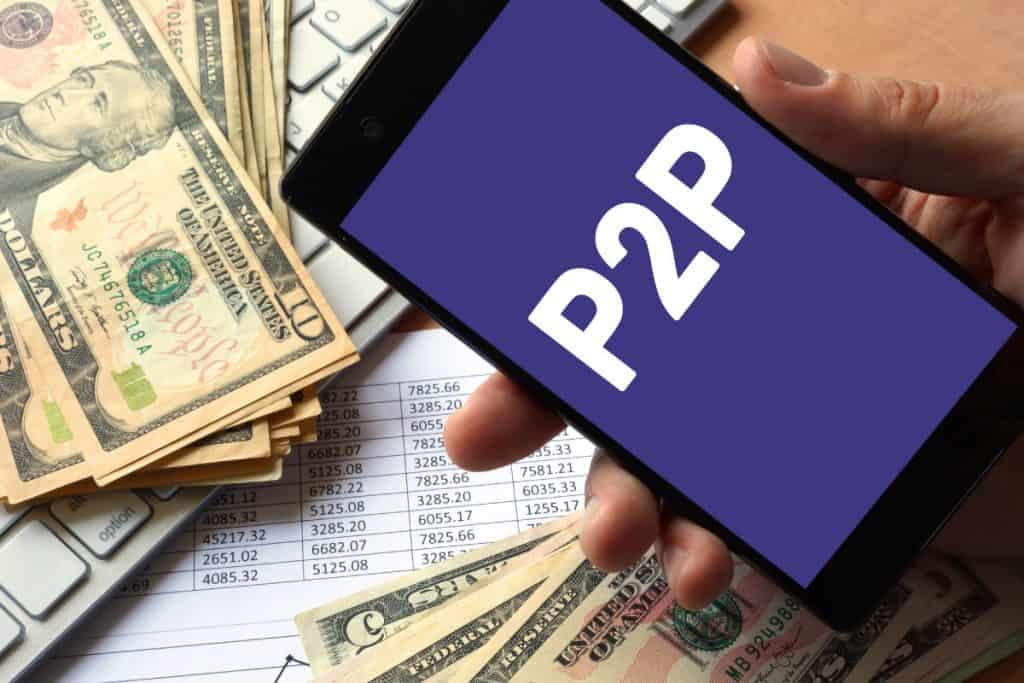Mobile-based lending or microlending quickly gained traction in markets like Kenya, where many people didn’t have access to a traditional bank or lending services. However, the situation of borrowers is deteriorating by the day.
The story of Microlending
The concept of microlending bagged Muhammad Yunus a Nobel Peace Prize in 2006 for providing poor women entrepreneurs in Bangladesh small loans of $10. However, the concept quickly became popular in Kenya, one of the pioneers of financial services in Africa. The smartphone revolution in the country ensures that more people hold money in their phones, rather than their bank accounts. It also became a fertile ground for microlending where people could get small loans with just a few clicks. However, the interest rates of these loans could be as high as 150%.

One victim of the debt trap that has arisen out of the microlending services is Nairobi-based taxi driver J. Barasa. He is one of the 20% borrowers on micro-lending platforms who defaulted last year. He didn’t just default on one loan; he has three loans where he needs to pay a total of 22,000 shillings ($213). He said that mobile loans were easy to get and got addictive and now expects that he will get some help from friends and family to pay off the debt. He wants “a fresh start but can’t see it.”
The mobile money problem
Sub-Saharan Africa has 395.7 million mobile-money accounts in 2018, about 50% of the global figures. GSMA suggests that the $26.8 billion handled in this region represents a whopping 2/3rd of the total transactions across the globe. Asia comes at the second spot with only 7% of its economy responsible for such transactions. In sub-Saharan Africa, it is 10%. Data from the World Bank suggests that the rate is less than 2% in other parts of the world.
Over 50 mobile lenders provide loans ranging from $10 to $400 in Kenya alone. Since the business started flourishing in 2016, the authorities have had a hard time capping the maximum interest rate. Banks got even more conservative and bought government debt which made several unsecured borrowers get a small financial push from mobile lenders.
Non-performing loans at banks grew by 27% to Kenyan central bank. The unsecured borrowers don’t post a rosy picture either. Over 2/3rd of the borrowers are facing debt stress, and some have to either reduce food spending or sell an asset to repay their loans.
Trusted & Regulated Stock & CFD Brokers
What we like
- 0% Fees on Stocks
- 5000+ Stocks, ETFs and other Markets
- Accepts Paypal Deposits
Min Deposit
$200
Charge per Trade
Zero Commission on real stocks
64 traders signed up today
Visit Now67% of retail investor accounts lose money when trading CFDs with this provider. You should consider whether you can afford to take the high risk of losing your money.
Available Assets
- Total Number of Stocks & Shares5000+
- US Stocks
- German Stocks
- UK Stocks
- European
- ETF Stocks
- IPO
- Funds
- Bonds
- Options
- Futures
- CFDs
- Crypto
Charge per Trade
- FTSE 100 Zero Commission
- NASDAQ Zero Commission
- DAX Zero Commission
- Facebook Zero Commission
- Alphabet Zero Commission
- Tesla Zero Commission
- Apple Zero Commission
- Microsoft Zero Commission
Deposit Method
- Wire Transfer
- Credit Cards
- Bank Account
- Paypall
- Skrill
- Neteller
What we like
- Sign up today and get $5 free
- Fractals Available
- Paypal Available
Min Deposit
$0
Charge per Trade
$1 to $9 PCM
Visit Now
Investing in financial markets carries risk, you have the potential to lose your total investment.
Available Assets
- Total Number of Shares999
- US Stocks
- German Stocks
- UK Stocks
- European Stocks
- EFTs
- IPOs
- Funds
- Bonds
- Options
- Futures
- CFDs
- Crypto
Charge per Trade
- FTSE 100 $1 - $9 per month
- NASDAQ $1 - $9 per month
- DAX $1 - $9 per month
- Facebook $1 - $9 per month
- Alphabet $1 - $9 per month
- Telsa $1 - $9 per month
- Apple $1 - $9 per month
- Microsoft $1 - $9 per month
Deposit Method
- Wire Transfer
- Credit Cards
- Bank Account


